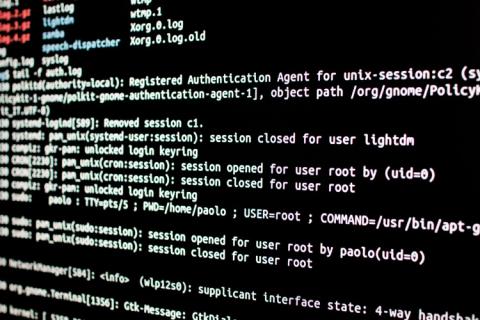Weekly Cyber Security News 07/09/2018
A selection of this week’s more interesting vulnerability disclosures and cyber security news. A pretty energetic week for a change. Varied and unexpected breaches as is the norm, though a few new items of note. The first is a little worrying, and really hopefully (at least for the public) won’t set a precedent: Penalising those that can’t make use of good password best practice.









